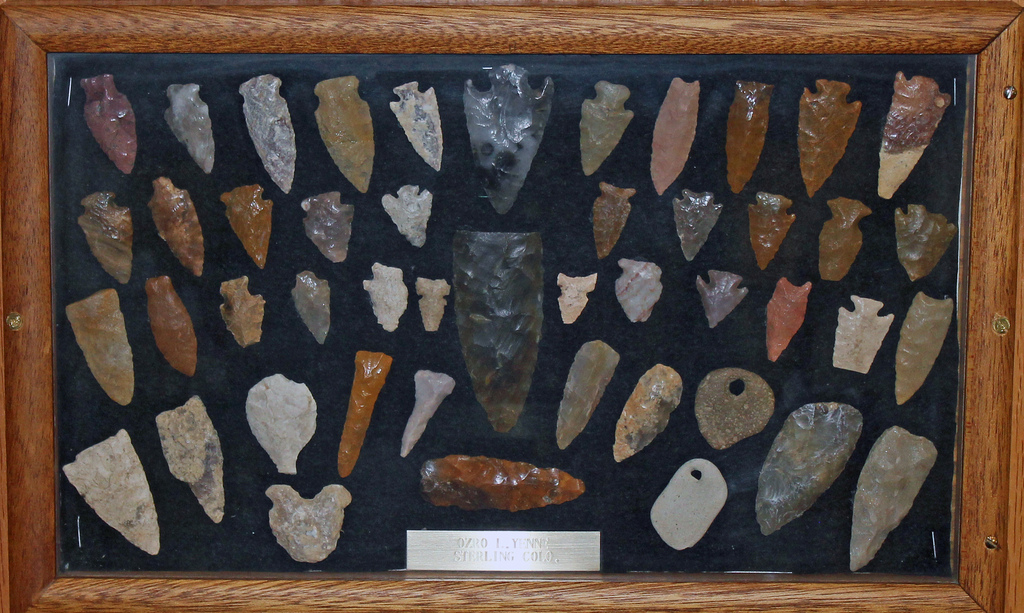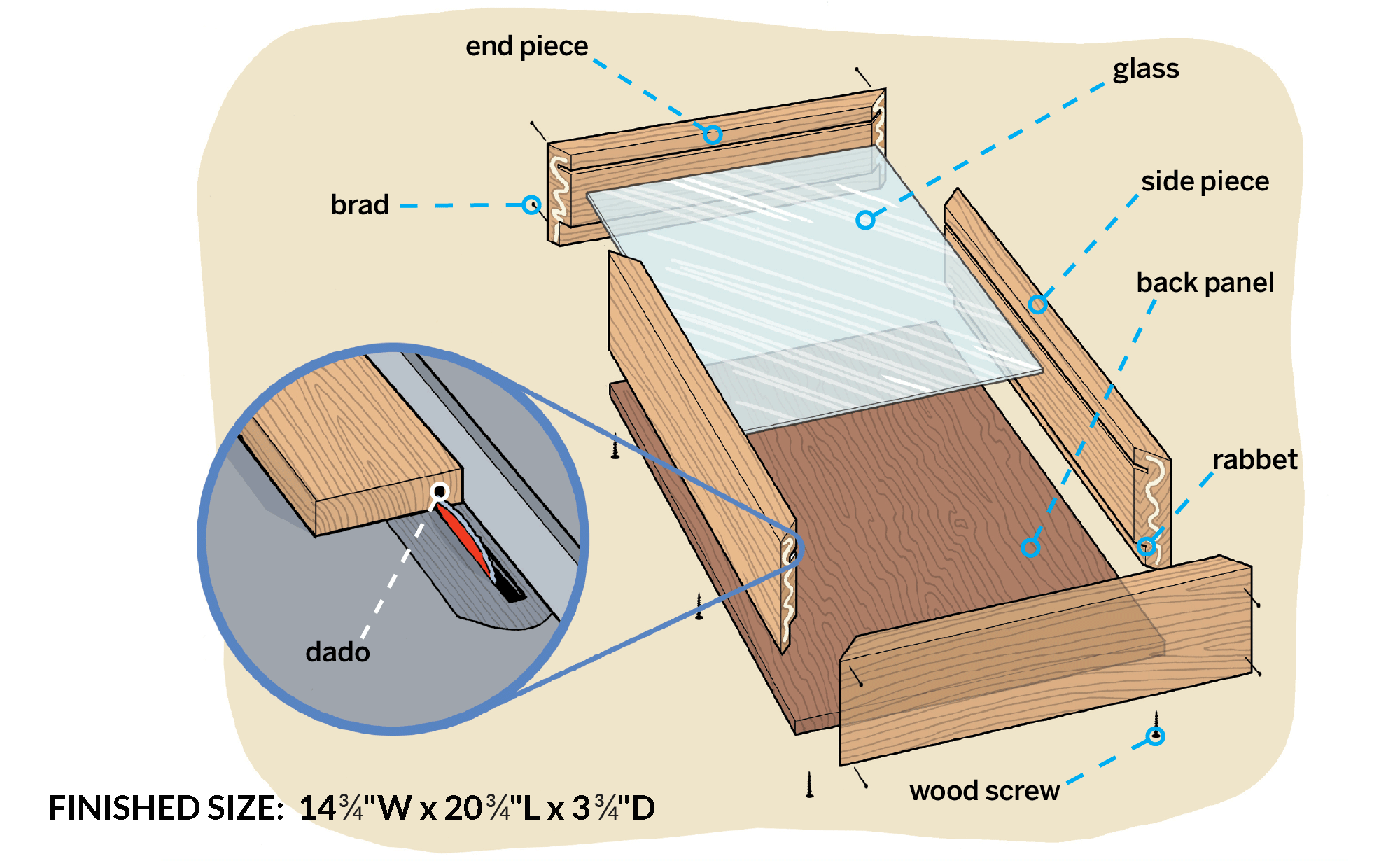Welcome to the fascinating world of arrowhead collecting! This hobby, steeped in history and culture, connects us with the ancient past in a tangible way. Arrowheads, the pointed tips attached to the end of an arrow, are more than just remnants of hunting tools; they are artifacts that tell stories of survival, craftsmanship, and the daily lives of our ancestors.
Collectors know that each arrowhead is unique, with its own story and background. From the sleek, symmetrical beauty of a Clovis point to the intricate designs of later Native American tribes, these small pieces of history come in a remarkable variety. But it’s not just about collecting these treasures; displaying them effectively is key to truly appreciating and preserving their historical significance. A well-organized and thoughtfully displayed collection not only highlights the beauty and diversity of each piece but also turns a personal collection into a mini-museum, inviting conversation and reflection.
Table of Contents
Understanding Your Collection

Identifying Your Arrowhead Types
To create a meaningful display, it’s essential to understand the types of arrowheads in your collection. Here are some common types:
- Clovis Points: Recognizable by their fluted sides and large size, dating back to 13,500 years ago. Learn more about the historical significance of these ancient artifacts in this comprehensive article from Smithsonian Magazine.
- Dalton Points: Characterized by their long, slender shape and well-defined, serrated edges. The National Park Service offers a detailed exploration of the Dalton period and its contributions to arrowhead history.
- Kirk Cornernotched: Notable for their corner-notched bases and broad blades, often found in the Eastern United States.
- Hardaway Points: Identified by their broad, triangular shape, these are some of the earliest examples of Native American craftsmanship.
- Mojave Desert Points: Unique to the arid regions of the Mojave, these are often smaller and made of colorful materials.
The Significance of Each Type
Each type of arrowhead carries its own historical and cultural significance. For instance, Clovis points are among the oldest in North America, indicating the presence of early human habitation on the continent. Their craftsmanship suggests a high level of skill and knowledge in stone tool making. On the other hand, Dalton points, found throughout the Southeastern United States, hint at the adaptations and changes in hunting practices over thousands of years.
Kirk Cornernotched points tell us about the social and hunting patterns of Native American tribes during the Archaic period. Their widespread distribution across various terrains speaks to the mobility and trading practices of these communities. Similarly, Hardaway points, with their distinct style and age, offer insights into the early settlement patterns in North America.
Display Ideas
Showcasing Your Arrowheads
Now that you have a deeper understanding of your collection, let’s explore some creative and effective ways to display your arrowheads. Each method has its pros and cons, and the best choice often depends on the size, type, and personal significance of your collection.
- Shadow Boxes:
- Description: Shadow boxes offer a classic, enclosed display that protects your arrowheads while showcasing them in a framed view.
- Pros: Great for highlighting individual pieces or small collections; provides protection from dust and handling.
- Cons: Limited space; not ideal for large collections.
- Best For: Rare or delicate pieces that require extra protection.
- Framed Displays:
- Description: Similar to shadow boxes but typically flatter, allowing for a more mural-like presentation on your walls.
- Pros: Offers a decorative touch; suitable for displaying thematic or chronological arrangements.
- Cons: Less protective than shadow boxes; may require more frequent cleaning.
- Best For: Themed collections or for showcasing arrowheads as part of a larger wall art arrangement.
- Wall-Mounted Shelves:
- Description: Open shelving mounted on walls to provide an easily accessible and visible display.
- Pros: Flexible arrangement options; easy to add to or rearrange.
- Cons: Less protection from dust and handling; requires secure mounting to ensure safety.
- Best For: Expansive collections that are frequently updated or reorganized.
- Glass Display Cases:
- Description: Enclosed glass cases offer a museum-like display, protecting and showcasing your collection in a clear, elegant manner.
- Pros: High visibility; good protection from dust and damage; adds a professional touch.
- Cons: Can be expensive; requires space.
- Best For: Valuable and extensive collections that deserve a prominent display.
- Customized Drawers:
- Description: Custom drawers with glass tops or inserts, allowing arrowheads to be stored and viewed simultaneously.
- Pros: Maximizes space; excellent for large collections and categorization.
- Cons: Less visibility than wall displays; requires furniture space.
- Best For: Serious collectors with extensive and varied collections.
DIY Display Solutions
Crafting Your Own Display
For those who love a hands-on approach or are looking for a budget-friendly option, DIY displays can be a rewarding way to showcase your arrowheads. Not only do they allow for complete customization, but they also add a personal touch to your collection. Here are some ideas, along with the materials needed and step-by-step instructions:
- Homemade Shadow Boxes

Photo credit: This Old House - Materials Needed: Wooden frame, glass cover, foam or velvet backing, glue, and hanging hardware.
- Steps:
- Measure and cut the foam to fit the back of the frame.
- Cover the foam with velvet or another preferred fabric, securing it with glue.
- Arrange your arrowheads on the fabric-covered foam.
- Secure the glass cover to the frame.
- Attach hanging hardware to the back of the frame for wall mounting.
- Rustic Frames for Wall Display
- Materials Needed: Reclaimed wood, nails, hammer, mounting hardware.
- Steps:
- Cut the reclaimed wood to your desired frame size.
- Nail the pieces together to form a frame.
- Optionally, add a mesh or wire backing for attaching arrowheads.
- Attach mounting hardware for wall display.
- Display Stands
- Materials Needed: Small wooden blocks, drill, paint or stain.
- Steps:
- Drill small indentations into the wooden blocks to hold the arrowheads.
- Paint or stain the blocks to your desired finish.
- Arrange the stands on a shelf or table for an elegant display.
Preservation and Care
Maintaining Your Arrowhead Collection
While displaying your arrowheads is important, preserving them is equally crucial. Here’s a table outlining some common preservation tips and their benefits:
| Preservation Tip | Benefit |
|---|---|
| Avoiding direct sunlight | Prevents fading and heat damage |
| Maintaining stable humidity levels | Prevents moisture damage and corrosion |
| Regular dusting and cleaning | Keeps the collection in pristine condition |
| Using acid-free display materials | Prevents chemical damage to artifacts |
| Handling with gloves or clean hands | Reduces oils and dirt transfer |
Conclusion
Whether you choose to display your arrowheads in elegant glass cases, on rustic homemade frames, or within custom drawers, the key is to showcase your collection in a way that resonates with your personal style and honors the historical significance of these artifacts. Remember, each arrowhead has a story, and how you display them can bring that story to life.
Check out the rest of the ‘Updated Ideas‘ site; there are some cool articles waiting for you! Fancy writing for us? Just give that contact button in the top right a tap. Cheers!

